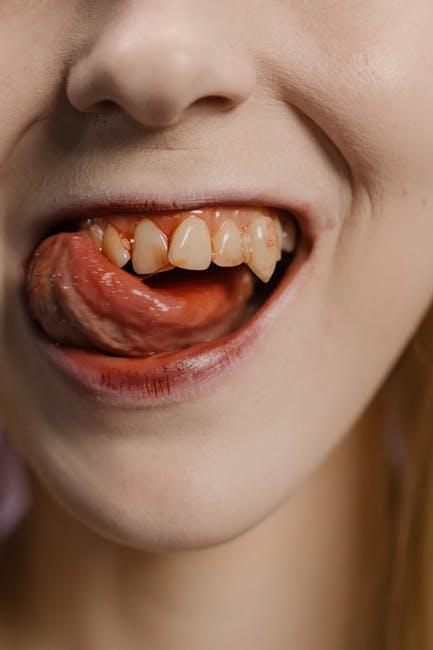
Does Medicaid Cover Dental? Orthodontics, Common Procedures & State Coverage – Healthinsurance.org
Dental health is a crucial part of overall well-being, yet many people wonder, does Medicaid cover dental care? Understanding what dental benefits Medicaid offers, including orthodontic treatment and common procedures, can help you get the care you need without breaking the bank. However, Medicaid dental coverage can vary widely between states and depends heavily on whether you’re an adult or a child.
Understanding Medicaid Dental Coverage
Medicaid is a joint federal and state program aimed at providing health coverage to eligible low-income individuals and families. While medical services are typically covered, the scope of dental coverage depends largely on state decisions, making it essential to know your state’s specific Medicaid dental benefits.
Dental Coverage for Children vs. Adults
- Children: Under the Early and Periodic Screening, Diagnostic, and Treatment (EPSDT) benefit, Medicaid must cover dental services considered necessary for children under 21. This includes routine exams, cleanings, X-rays, fillings, and often orthodontic care.
- Adults: Dental coverage for adults varies significantly by state. While some states provide comprehensive dental benefits for adults, others offer minimal or emergency-only dental services through Medicaid.
Does Medicaid Cover Orthodontics?
One common question is whether Medicaid pays for orthodontic treatment, such as braces. The answer depends on several factors:
- Children Under 21: Many states cover medically necessary orthodontic care under Medicaid if the treatment corrects severe dental abnormalities or impacts function (e.g., cleft palate repair).
- Adults: Orthodontic coverage for adults is generally rare under Medicaid and usually not covered unless medically necessary.
It’s important to consult your Medicaid dental plan or local Medicaid office to confirm whether orthodontics are covered and what documentation you may need.
Common Dental Procedures Covered by Medicaid
Medicaid dental coverage can include a variety of common dental procedures, especially for children. These may include:
- Dental exams and cleanings
- X-rays and diagnostics
- Fillings for cavities
- Root canals
- Extractions
- Periodontal treatment
- Dentures and partials
For adults, many states limit coverage to emergency dental care (e.g., tooth extractions or treatment to relieve pain or infection).
State-by-State Medicaid Dental Coverage Overview
Since dental benefits under Medicaid can differ greatly by location, here’s a simplified summary of how some states cover dental services for adults:
| State | Adult Dental Coverage | Orthodontics for Children |
|---|---|---|
| California | Extensive adult dental, including preventive & emergency | Covered if medically necessary |
| Texas | Emergency services only | Covered under EPSDT |
| Florida | Limited adult dental, mostly emergencies | Covered under EPSDT |
| New York | Comprehensive adult dental coverage | Covered |
| Ohio | Some preventive and emergency services | Covered |
Benefits of Medicaid Dental Coverage
Accessing dental care through Medicaid provides numerous advantages:
- Affordability: Medicaid dental reduces out-of-pocket dental costs significantly.
- Preventive Care: Regular cleanings and exams help prevent cavities and gum disease.
- Reduced Health Risks: Oral health is linked to overall health conditions like diabetes, heart disease, and pregnancy outcomes.
- Access to Treatment: Medicaid enables treatment for dental issues that might otherwise go unaddressed, especially for low-income families.
Practical Tips for Using Medicaid Dental Benefits
- Verify Your Plan Details: Contact your state Medicaid office or use their online portal to check covered dental benefits specific to your state and age group.
- Find Medicaid-Approved Dentists: Use Medicaid’s provider lookup tool to find dentists who accept Medicaid in your area.
- Schedule Regular Preventive Visits: Don’t wait for an emergency; preventive care can save money and improve oral health.
- Ensure Documentation for Orthodontics: If you need braces, gather medical documentation to prove medical necessity, as orthodontic coverage often requires this.
- Ask About Prior Authorization: Some dental procedures might need pre-approval by Medicaid to be covered.
First-Hand Experience: Navigating Medicaid Dental Coverage
Jane, a Medicaid recipient from Ohio, shared her experience: “Getting dental coverage was confusing at first. But once I contacted my state Medicaid office, they provided a list of approved dentists. I was able to get regular cleanings and even some fillings covered. When my son needed braces for a severe bite issue, the orthodontist submitted a request for medical necessity and Medicaid approved it. It took some patience but the coverage made a huge difference for our family.”
Conclusion
So, does Medicaid cover dental? The short answer is: it depends. Children under 21 receive mandatory dental coverage, including orthodontics if medically necessary, through the EPSDT benefit. Adults’ dental benefits vary considerably by state, from comprehensive coverage to emergency-only care. By understanding your state’s Medicaid dental plan and taking advantage of available resources, you can secure vital dental health services for you and your family.
Remember to always check with your state’s Medicaid office and dental providers to confirm benefits and access the coverage you’re entitled to. Maintaining your oral health is a step towards overall wellness, and Medicaid can be a valuable tool on that journey.


